Dedicated to each and every member of my family.
All 104 of them. They have always supported me
with love and encouragement.
N ew ingredients, techniques, and even small appliances add up to my happiness in the kitchen. It was so exciting when I turned to vegan cooking and found a whole new world of products. This adventure was all the more fun because I had to make sure that nutrients and minerals were well represented. It turned out that it wasnt very hard to do.
Eating a variety of food throughout the day made nutrition just fall into place. Finding protein powerhouses like seitan, tofu, and tempeh was an added bonus. As a food blogger, one major question I get from vegans is how they can get enough protein in their diets. My quick answer is to make sure to eat a variety of food in all the colors of the rainbow. This cookbook, The High-Protein Vegan Cookbook, is my long answer. The recipes in this book cover every aspect of the day, with an emphasis on including a high protein count in every recipe.
Im so glad you are here. Pick your chapter and lets get cooking.
What Protein Is and Why We Need It
Its easy to maintain a healthy and fit body with a plant-based diet, even when youre intent on building muscle. This cookbook is here to show you how easy that iseach and every recipe features ingredients that serve you multiple grams of protein. There is a myth floating around that meat, eggs, and dairy products are the be-all and end-all for protein. Not true.
For instance, 1 cup of peas contains 8 grams of protein, 1 cup of cooked spinach has 7 grams, and 1 cup of quinoa has 8 grams. In other words, its easy to get enough protein in your diet with beans, nuts, seeds, greens, soy, and grains. Protein helps the body digest food and it also makes us feel full longer. When you hear someone saying they feel hungry all the time, it means they probably arent getting enough protein. Protein also helps a body grow, helps build all the tissues in the body, helps repair that tissue, and so much more. We must have protein.
Here is some science made easy: Proteins are made up of amino acids. Of the hundreds of amino acids, only twenty make up protein. Our bodies automatically produce these amino acids except for nine essential amino acids that must be supplied to us through food. A complete protein has all of the nine essential amino acids. Given the varied types of food that vegans eat, that is not hard to find at all. For instance, a peanut butter sandwich on whole wheat bread is a complete protein.
In fact, combine any legume with a grain and you have a complete protein. Hummus and pita? Yes! There are also a few stand-alone complete proteins in the plant kingdom. Buckwheat, soy (tofu, tempeh, edamame), hempseed, and quinoa are complete proteins in themselves. Now lets go one step further. The good news is we dont have to worry about pairing proteins at a single meal. As long you ingest each of the nine essential amino acids during the day, then you will receive what is considered to be a complete protein.
So instead of peanut butter on toast at one meal you can have toast in the morning and Thai peanut butter sauce that evening. But, hey! If youd like to have a bean and rice burrito, go for it. Theres nothing wrong with getting a complete protein in one sitting.
How Much Protein Do We Need?
How many grams of protein do we need in a day? For a woman its 0.5 to 1 gram per pound that you weigh. It varies between studies, but this range appears in most. Luckily, its not hard to acquire.
So a 130-pound woman needs 65 grams of protein in a day to maintain a balanced diet. If she is trying to build muscle, then she should aim for 130 grams per day. A mans protein intake should be 0.8 to 1.5 grams per pound that he weighs. So a 175-pound man should get 140 grams, and 263 grams if he is trying to really bulk up. Bodybuilders and pro athletes often add protein supplements on top of protein-rich diets. While some protein powders are meat- or dairy-based, vegans only use protein powders that are dairy free (such as pea protein).
Its better for your body to process a divided amount of protein throughout the day instead of all at once. So, for instance, a seitan burger plus a protein shake in one sitting isnt going to provide you with the actual protein contained in those foods. Your body will process whatever you feed it, but it will not always do so optimally. The ballpark amount of protein that your body will use at one time is 30 grams. It takes a couple of hours for your body to process that protein. This is the rhythm in which we usually eat anyway, so getting enough protein is pretty much a no-brainer.
If youre bodybuilding or an athlete, then you need to check your own numbers, because you would require more than usual for meals and snacking. A scoop of protein powder once or twice a day is an easy way to make sure youve added the extra protein you need without stuffing yourself. As always, drink plenty of water.
Seitan, Tofu, and Tempeh!
Seitan, tofu, and tempeh are protein powerhouses of the vegan world. A little goes a long way in terms of protein and satisfaction. All three products start with vegetables or grains and have been used by cooks for hundreds of years.
You can recreate most of your childhood favorites and cherished comfort foods by using one of these ingredients.
Lets Talk Seitan
Seitan is a plant-based product that is made from grains and vegetables. The result of this combination is a textured product that can be sliced, diced, pulsed, and chopped. You can even shape it before cooking into any form, including nuggets or patties. It can be tender and it can be chewy. Its all in the mix and kneading.
Seitan can be bought premade or it can be made at home. Store-bought seitan isnt always marked as such, so you need to look at the ingredients. If the first ingredient is vital wheat gluten, then it is seitan. Be on the lookout for additives and preservatives. As always, making your food from scratch is the best way to really know what youre eating. Since seitan can be easily made at home, and because it also results in a great product, my vote goes to homemade seitan.
It all starts with vital wheat gluten, which is a flour that is 7080 percent protein. You can buy non-GMO versions, so thats another plus. Ingredients are added for flavor, and then all is cooked low and slow. Not only do you get a great boost of protein with seitan, you also get fabulous texture and flavor added to your recipes. Plus, its economical. One pound of raw dough turns into about 2 pounds of cooked seitan.
Including all ingredients, that is close to only $2.00 for 2 pounds of a delicious textured product that you can slice for sandwiches, cube into casseroles, crumble into tacos, have as a main course, and so much more. The last chapter of this book is titled Lets Make Seitan. Youll find multiple recipes with different flavors and cooking methods. I have made these recipes over and over again, and they are fail proof.


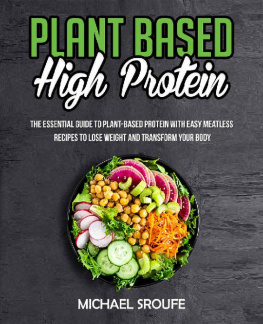
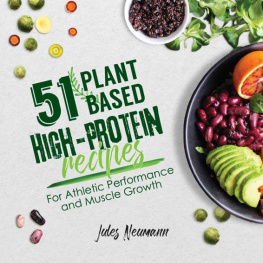
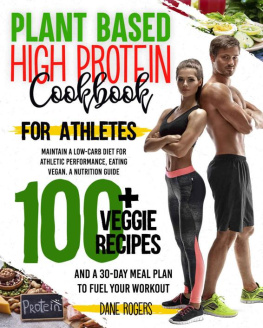

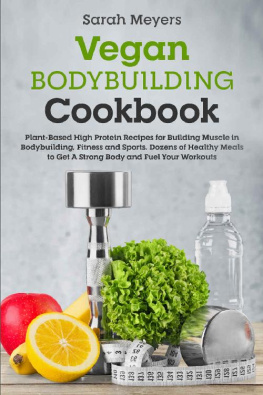
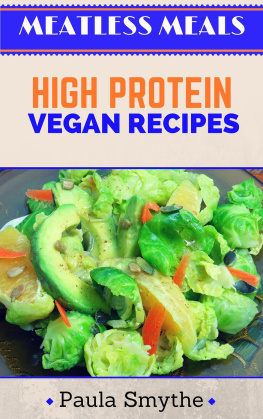
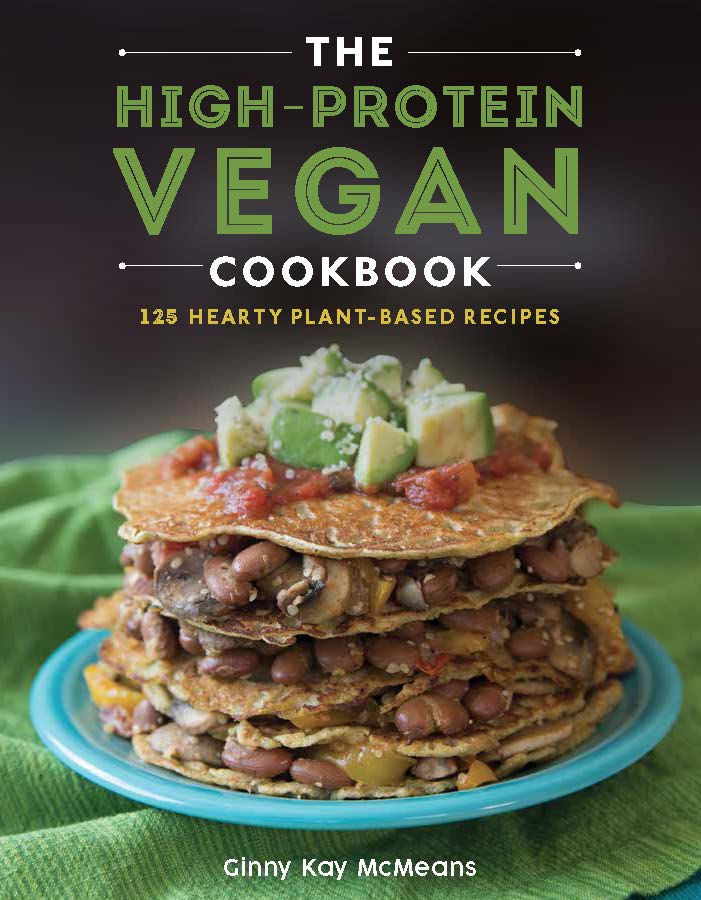 Also by Ginny Kay McMeans The Make Ahead Vegan Cookbook
Also by Ginny Kay McMeans The Make Ahead Vegan Cookbook  Dedicated to each and every member of my family.
Dedicated to each and every member of my family.
